Dangerous Beauties: Toxic Flowers And Plants Hazardous For Your Children And Pets
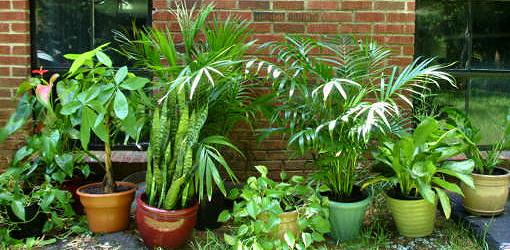
Toxic plants can be a hazard to children and pets, as well as to elderly persons with dementia. Whereas it is advisable to keep all plants out of the reach of those who might crush, eat, or taste them, it is not always possible to prevent accidental encounters. If you’re worried your loved ones may ingest your houseplants, you may want to keep the following out of your house.
Poisoning can occur from:
- Eating or touching leaves
- Ingesting berries, blossoms, or roots
- Skin contact with sap or juices
- Eating soil
- Drinking water from plant tray
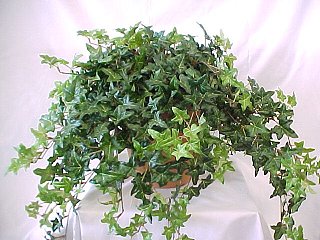
Most garden centers don’t provide warning labels on their potted plants noting possible toxicity. Before you purchase that philodendron or lovely lily, learn which common plants can pose the biggest threat to the more vulnerable members of your home.
Philodendron
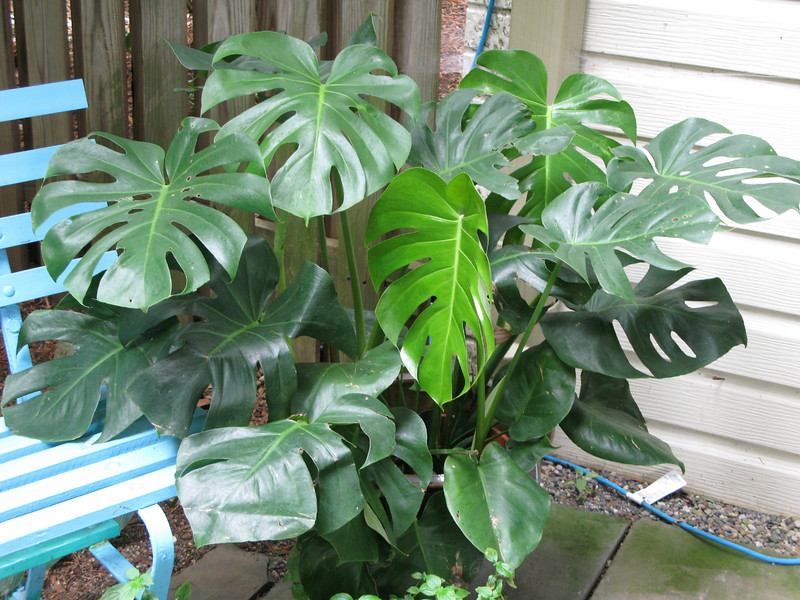
Quite possibly one of the most popular house plants, the lovely philodendron is easy to grow. While it is often the perfect complement to any room, it contains calcium oxalate crystals, which are toxic to humans and animals.
The philodendron may be vining or non-vining. It is very important to keep vining plants hung well out of reach of children or pets and to keep tendrils and leaves trimmed. Non-vining plants should be kept on high window sills or shelves.
Humans: In humans, even small children, ingesting philodendron usually has only mild side effects, including a dermatitis reaction and the swelling of the mouth and digestive tract. In rare cases or after ingesting large amounts, there have been fatalities in children.
Cats and Dogs: Philodendron has a much more serious effect on pets, with reports of spasms, seizures, pain, and swelling. It seems to be more toxic to cats.
Pothos
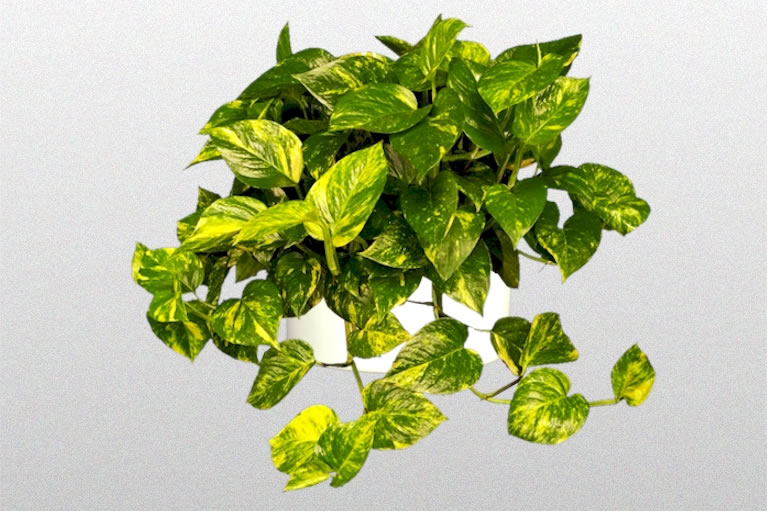
Pothos Ivy, also called Devil’s Ivy, is recommended for its beautiful variegated leaves, forgiving nature, and air purification abilities. In fact, it is cited as one of the best plants for removing impurities from the air.
It is also easy to propagate from cuttings. Because of this, many people receive these as starter plants or housewarming gifts. They then go on to have several plants rooted from the parent plant.
Pothos is considered to be only mildly harmful in small quantities, but can produce uncomfortable and sometimes serious side effects in animals and people.
Humans: Burning of the mouth, skin irritation, swelling of lips, tongue, and throat, vomiting, and diarrhea.
Cats and Dogs: Drooling, choking, swelling of mouth and tongue, difficulty breathing, and stomach upset. Can lead to renal failure and/or death.
Lily
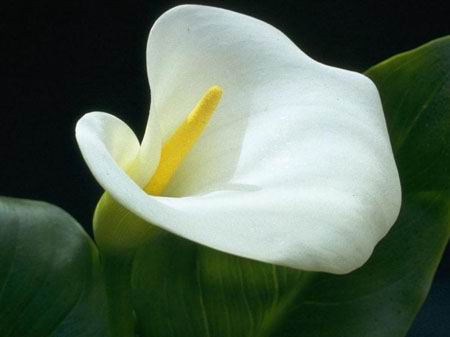
Few flowers are as beautiful as lilies. From the elegant curved bloom of the calla lily to the seasonal favorite, the Easter lily, these colorful plants are popular indoors and out.
Not all lilies are toxic, and some are more toxic to animals, especially cats, than to humans. If you are aren’t certain what type of lily you have, err on the side of caution and keep lilies either out of reach indoors, or planted away from play areas outdoors.
The more toxic varieties include:
Calla Lily ( which can be fatal to children)
Easter Lily
Rubrum Lily
Tiger Lily
Day Lily
Asian Lily
Different lilies will produce different symptoms in pets or humans. Cats are more susceptible to lily poisoning than dogs.
Humans: Stomach upset, vomiting, headache, blurred vision, and skin irritation.
Cats: All parts of the plant are thought to be toxic. Symptoms will include vomiting, lethargy, and lack of appetite. Renal and liver failure could occur and, if not treated, lead to death.
Oleander

Nerium oleander looks delicate and innocent, but is so toxic that even ingesting honey made from its nectar can produce symptoms.
Deaths in adult humans have been reported with as little as one leaf eaten, but the majority of deaths occur when very large amounts are ingested. Children are more susceptible and should be kept away from Oleander plants.
Humans: Arrhythmia, dizziness, and tremors.
Cats and Dogs: Arrhythmia, vomiting, and cold extremities.
Caladium
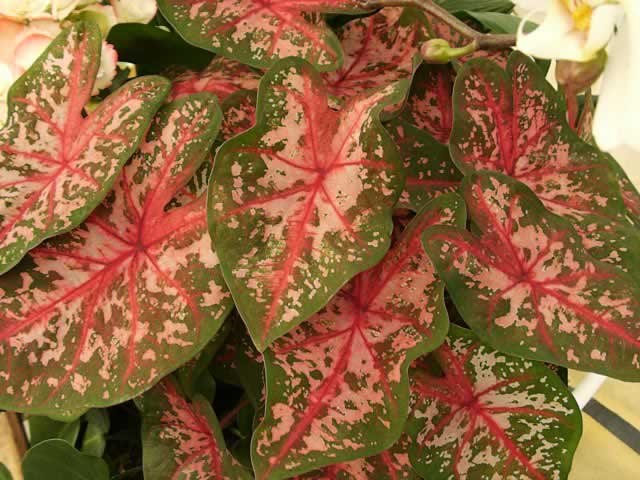
Caladiums are another South American bulb plant with long-lasting foliage. They are popular as houseplants or for outside landscaping. They are also commonly known a elephant’s ears and angel’s Wings.
Caladiums provide a variety of colors, including red, pink, and white, which makes them an attractive addition to collections of greenery. They grow well in low light, and can sometimes be forced to produce interesting blooms similar to those of the calla lily.
All parts of the caldadium are considered toxic to humans and animals.
Humans: Symptoms after ingestion can include: painful burning and swelling of the mouth, tongue, lips and throat, difficulty breathing, speaking, and swallowing, and possible blocked airways that can lead to death.
Cats and dogs: Nausea, vomiting, staggering, head shaking, drooling, and difficulty breathing.
Mother-in-Law’s Tongue, AKA Snake Plant
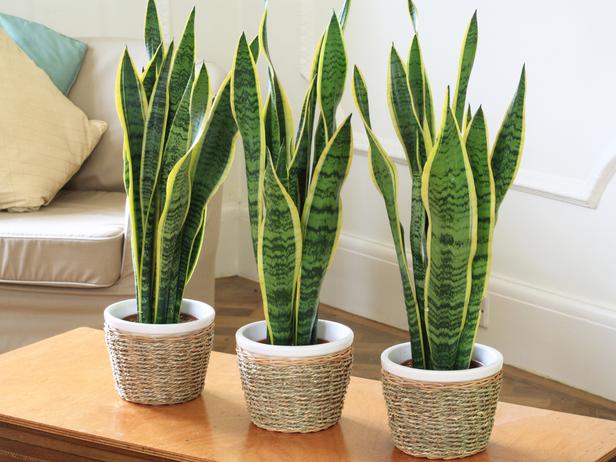
Another great floor plant, the mother-in-law’s tongue, or snake plant, has leathery, sword-like leaves that earned the plant its sharp name. The sleek, upright shape makes the mother-in-law’s tongue can complement an arrangement of softer, bushier plants.
The foliage is a mottled or variegated green with hints of white, yellow, and silver. Due to the belief that it can protect a home from evil influences, the mother-in-law’s tongue is also called a good-luck plant, but it might not be so lucky for pets.
Humans: The toxicity level is low, producing short-lasting symptoms such as mouth pain, salivation, and some nausea. In rare instances, it can produce a dermatological reaction, but is mainly toxic only if ingested.
Cats and dogs: It can cause excessive salivation, pain, nausea, vomiting, and diarrhea.

Another plant that should be avoided is Aconitum.
It is a beautiful flowering plant but is poisonous and can cause irritation to hands, arms ~
Amaryllis bulbs are poisonous also. There is no antidote. We just had to take our dog to the emergency Vet because of him eating some of it while we were out. The bulb is thrown away now. Kobe is better now.